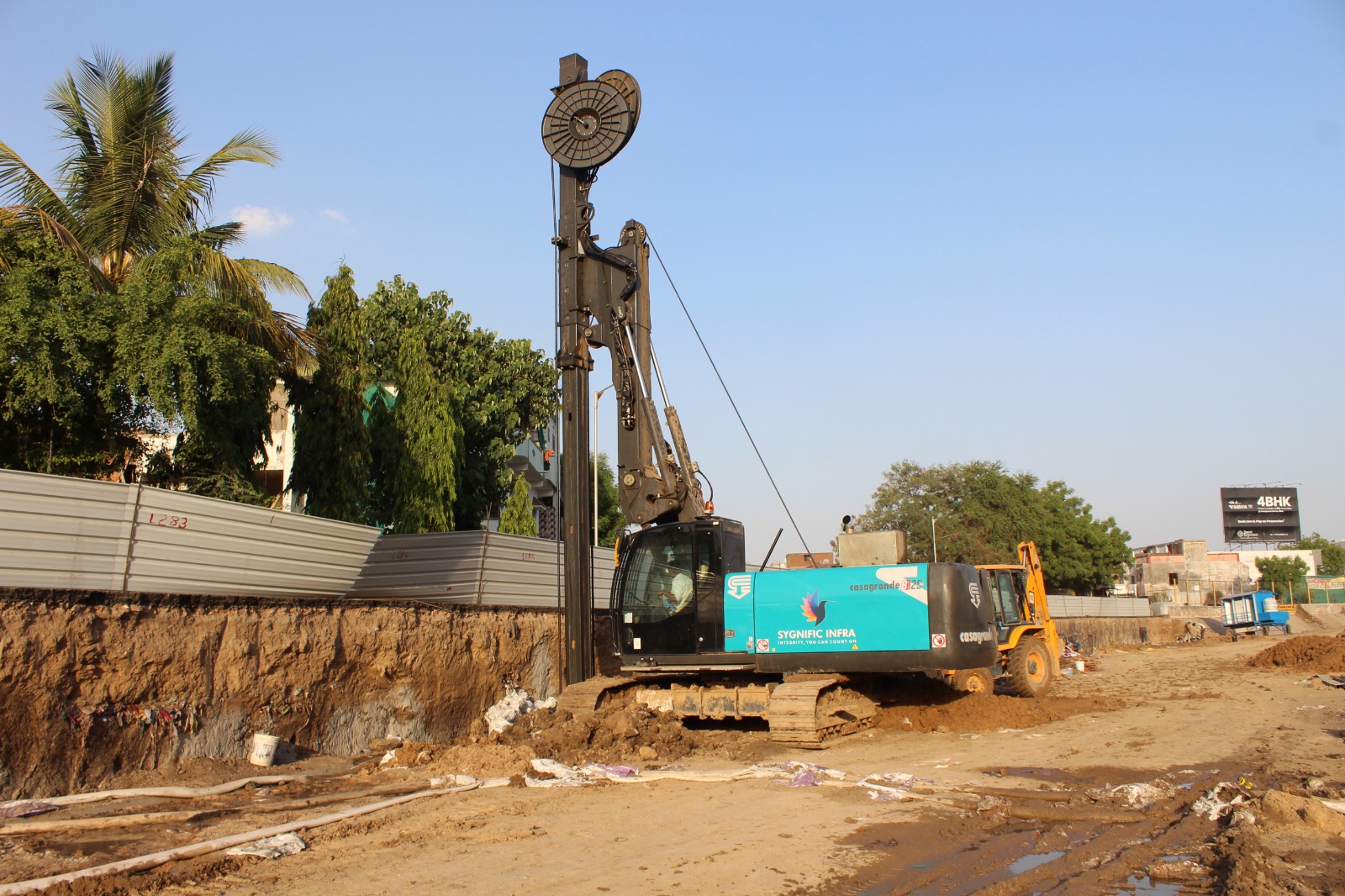Quality checks in D-wall (diaphragm wall) construction are critical to ensuring the finished structure’s structural integrity, stability, and safety. D-walls are deep excavation support systems that are extensively utilized in cities to build foundations, retaining walls, and underground structures.
Implementing extensive quality check parameters throughout the construction process aids in the early detection of any difficulties and ensures the project’s successful completion.
In this article, we will look at the most important quality check metrics for D-wall construction.
1. Material Examination
The initial stage in any construction process is to inspect the material quality. The concrete mix design and reinforcement bars in D-wall construction must meet specific specifications. The strength, workability, and curing process of concrete must all be continuously monitored to maintain quality. The strength, workability, and curing process of the concrete must be continuously monitored to guarantee that the D-walls can withstand the expected loads and provide the necessary support.
2. Geotechnical Investigation
A complete geotechnical investigation of the site is required before beginning D-wall construction. This inquiry evaluates the soil qualities, groundwater levels, and other geological aspects that may affect the D-wall’s stability. The information acquired directs the D-wall’s design and ensures that it can withstand potential external forces.
3. Stimulation Alignment and Positioning
Reinforcement bar placement and alignment are crucial for the structural integrity of D-walls. Quality tests must be performed to ensure that reinforcing cages are correctly positioned, that clearances are adequate and that the required cover thickness is met. This avoids possible problems like weak points and structural imbalances.
4. Concrete Pouring and Compaction
Proper techniques must be used during concrete pouring to prevent segregation and maintain uniform compaction. The concrete pouring process should be monitored for indicators of air pockets, voids, or poor compaction. To accomplish adequate compaction, vibrators are routinely utilized.
5. Wall Verticality and Alignment
D-wall verticality and alignment are critical for stability and load-bearing capability. Regular measurements and surveys should be carried out to monitor deviations from the vertical axis and to guarantee that the walls are built in accordance with the specifications.
6. Wall Thickness and Cross-Sectional Dimensions
D-wall thickness and cross-sectional dimensions must conform to the design parameters. Regular quality checks should be undertaken to ensure that the completed walls fit the planned dimensions, preventing structural flaws that could jeopardize the project’s integrity.
7. Slurry and Bentonite Management
Bentonite slurry is frequently used in D-wall construction to support excavation and avoid collapse. The density, viscosity, and filtration qualities of the slurry should be monitored during quality tests. Slurry control is critical to the stability of the excavation operation.
8. Water and Groundwater management
In places with high groundwater levels, water management techniques are crucial to the excavation’s stability. To prevent flooding, soil instability, and probable wall failure, quality assessments should evaluate the efficacy of dewatering systems and other water management strategies.
9. Non-Destructive Testing (NDT)
Non-destructive testing techniques such as ultrasonic testing and ground-penetrating radar can be used to determine the structural integrity of D-walls. These tests aid in the detection of faults, voids, and anomalies within the walls while causing no damage.
10. Quality Documentation
Keeping detailed records of all quality checks, inspections, and tests is critical for openness and accountability. These documents are useful for future examinations, maintenance, and possibly legal issues.
Finally, the quality check requirements stated above are critical to the effective building of D-walls. From material selection to final inspection, each phase adds to the project’s overall structural integrity and safety. D-wall Construction experts can reduce risks and minimize mistakes by strictly adhering to these quality check requirements. Construction professionals can limit risks, eliminate costly errors, and build strong D-wall structures that stand the test of time by strictly adhering to these quality check requirements.
